LEIPZIG, Germany: To the unaware consumer, it almost sounds too good to be true: straighter teeth without a single dentist appointment through a method that is also quicker and more affordable than conventional orthodontic treatment. The desire for such procedures is reflected in the growing market value of many companies offering these services. Orthodontists have expressed their concerns about the safety of such an approach though, insisting that DIY kits cannot replace professional procedures.
Just recently, the US-based start-up SmileDirectClub, in which clear aligner maker Align Technology owns a 19 per cent stake, raised US$380 million in a new funding round, valuing the company at US$3.2 billion. Leading the financing was private equity firm Clayton, Dubilier & Rice, with participation from venture capital firms Kleiner Perkins and Spark Capital, SmileDirectClub said in a statement.
Competitors with similar business models can be found all around the world, such as EZ Smile (Australia), Your Smile Direct (Ireland) and Easy Smile (Hong Kong). All these companies follow a similar process: a potential patient fills out an online questionnaire to assess whether he or she is an eligible candidate for at-home treatment. Depending on the result, the customer can buy an impression kit, take the impressions at home and send them to a laboratory, which will then create a set of plastic aligners.
In the case of SmileDirectClub, the process “is reviewed by a duly licensed dentist or orthodontist, who will guide your new smile from beginning to end”, according to its website.
By eliminating the in-person visit to an orthodontist, remote tooth straightening services can be offered at a cost that is up to 60 per cent cheaper than care provided via an orthodontist using a clear aligner system.
Despite the advantages of at-home treatment, dental professionals are worried about this trend. The Australian Society of Orthodontists (ASO), for example, raised concerns about the absence of clinical examinations, radiographs and ongoing monitoring.
In an interview with the Sydney Morning Herald, ASO Vice President Dr Howard Holmes said: “If there are gum issues, gum disease or broken fillings, they won’t be detected, and when you start moving teeth, those problems can become worse. Even if the immediate results seem good, the teeth and bite may not be in a stable position and move back, and there could also be muscular and jaw problems.”
Despite the possibility that failed at-home aligners may result in even more costly remedial treatment, EZ Smile founder Ed Ambrosius believes that dentists are scaremongering: “We are simply doing the most minor cases of teeth movement and would never consider treating anybody that requires complicated dental techniques. The risks are extremely low. We have rejected many more cases than we’ve taken on.”
Holmes and colleagues, including former American Association of Orthodontists General Counsel Kevin Dillard and many more, have started filing complaints against these companies in order to tighten regulations and protect the public in their respective countries.
Tags:
BOSTON, US: The use of artificial intelligence (AI) in remote monitoring for clear aligner therapy is becoming increasingly popular and promising greater ...
BOSTON, US: Dental artificial intelligence (AI) startup LightSpun has secured US$13 million (€11 million*) in new funding, positioning the company at ...
KUOPIO, Finland: Although oral health is a critical component of overall well-being, it often remains overlooked in public health. Seeking to gain valuable ...
Oral disease prevention consists of two pillars: individual home care and professional prophylaxis. For good long-term oral health, both components need to ...
Dental Tribune International attended the recent European Aligner Society’s congress on the island of Rhodes in Greece and had the opportunity to speak to...
CARDIFF, Wales: As humanity continues to lean into artificial intelligence (AI) and digital technologies for all manner of basic life challenges, the realm ...
SAN FRANCISCO, US: The migration of myriad dental services on to the cloud is one of the major dimensions of transformation occurring in dentistry. A key ...
CHENNAI, India: The Indian Orthodontic Society (IOS) has submitted a complaint about direct-to-consumer (D2C) clear aligner therapy to the country’s ...
CINCINNATI, US: The prevalence of gingivitis continues to be a significant public health concern, and barriers such as limited access to healthcare and high...
NEW DELHI, India: According to the online Indian newspaper ThePrint, the number of unethical at-home dental services is slowly increasing in India. Certain ...
Live webinar
Tue. 9 December 2025
12:30 pm EST (New York)
Live webinar
Tue. 9 December 2025
7:00 pm EST (New York)
Prof. Dr. Wael Att, Dr. Robert A. Levine DDS, FCPP, FISPPS, AOD
Live webinar
Wed. 10 December 2025
10:00 am EST (New York)
Live webinar
Wed. 10 December 2025
12:00 pm EST (New York)
Live webinar
Wed. 10 December 2025
1:00 pm EST (New York)
Live webinar
Wed. 10 December 2025
1:00 pm EST (New York)
Live webinar
Thu. 11 December 2025
3:00 pm EST (New York)



 Austria / Österreich
Austria / Österreich
 Bosnia and Herzegovina / Босна и Херцеговина
Bosnia and Herzegovina / Босна и Херцеговина
 Bulgaria / България
Bulgaria / България
 Croatia / Hrvatska
Croatia / Hrvatska
 Czech Republic & Slovakia / Česká republika & Slovensko
Czech Republic & Slovakia / Česká republika & Slovensko
 France / France
France / France
 Germany / Deutschland
Germany / Deutschland
 Greece / ΕΛΛΑΔΑ
Greece / ΕΛΛΑΔΑ
 Hungary / Hungary
Hungary / Hungary
 Italy / Italia
Italy / Italia
 Netherlands / Nederland
Netherlands / Nederland
 Nordic / Nordic
Nordic / Nordic
 Poland / Polska
Poland / Polska
 Portugal / Portugal
Portugal / Portugal
 Romania & Moldova / România & Moldova
Romania & Moldova / România & Moldova
 Slovenia / Slovenija
Slovenia / Slovenija
 Serbia & Montenegro / Србија и Црна Гора
Serbia & Montenegro / Србија и Црна Гора
 Spain / España
Spain / España
 Switzerland / Schweiz
Switzerland / Schweiz
 Turkey / Türkiye
Turkey / Türkiye
 UK & Ireland / UK & Ireland
UK & Ireland / UK & Ireland
 Brazil / Brasil
Brazil / Brasil
 Canada / Canada
Canada / Canada
 Latin America / Latinoamérica
Latin America / Latinoamérica
 USA / USA
USA / USA
 China / 中国
China / 中国
 India / भारत गणराज्य
India / भारत गणराज्य
 Pakistan / Pākistān
Pakistan / Pākistān
 Vietnam / Việt Nam
Vietnam / Việt Nam
 ASEAN / ASEAN
ASEAN / ASEAN
 Israel / מְדִינַת יִשְׂרָאֵל
Israel / מְדִינַת יִשְׂרָאֵל
 Algeria, Morocco & Tunisia / الجزائر والمغرب وتونس
Algeria, Morocco & Tunisia / الجزائر والمغرب وتونس
 Middle East / Middle East
Middle East / Middle East


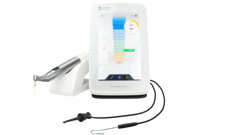

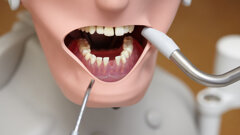
























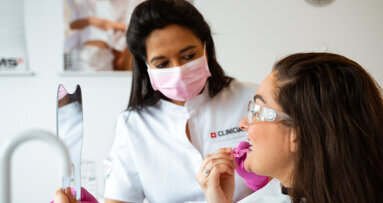


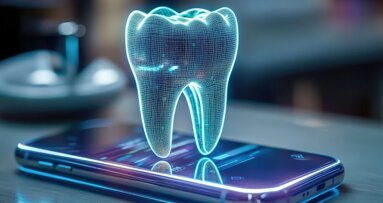

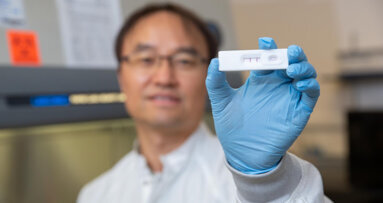












To post a reply please login or register